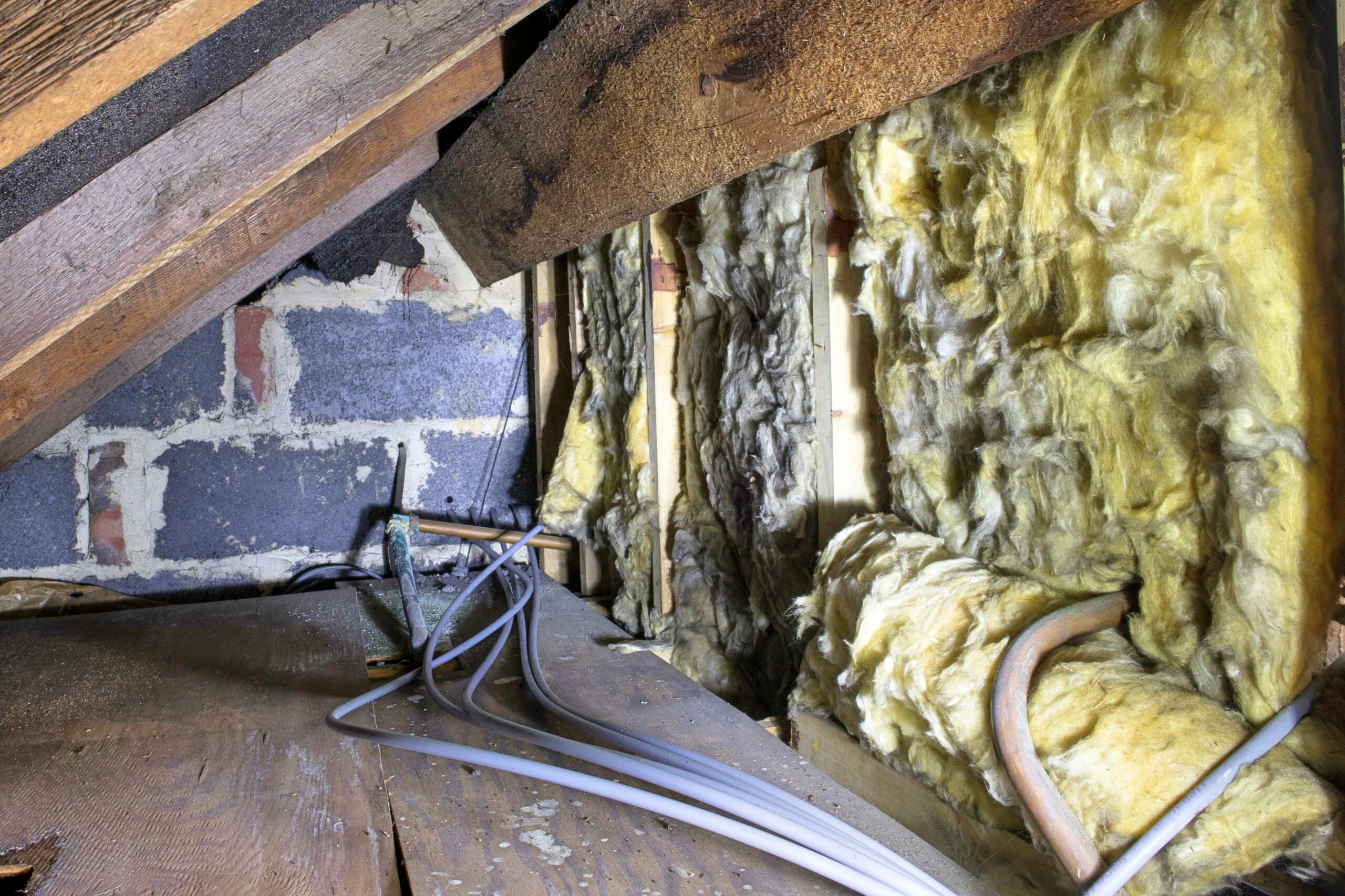
Avoid Fiberglass Insulation in Your Crawl Space in Springfield Missouri
At Dog Gone Waterproofing, our mission is to help homeowners make the best decisions for their property’s health and energy efficiency. One critical area that often requires special attention is the crawl space.
While there are many insulation options available, we strongly advise against using fiberglass insulation in this part of your home.
Understanding the Role of Crawl Space Insulation
Crawl spaces are notorious for being sources of energy loss, moisture issues, and even pest infestations. Proper insulation can mitigate these problems, ensuring a more comfortable and energy-efficient home.
But the type of insulation you choose plays a significant role in how effective your crawl space protection will be. Here are the main problems with fiberglass insulation.
Moisture Absorption
Fiberglass insulation is highly susceptible to moisture. Crawl spaces are prone to humidity and water infiltration, whether from groundwater, plumbing leaks, or condensation. When fiberglass absorbs moisture, it loses its insulating properties and becomes a breeding ground for mold and mildew. This not only reduces the insulation’s effectiveness but also poses health risks to your household.
Mold and Mildew Growth
Moisture-retaining materials like fiberglass create an ideal environment for mold and mildew. These fungi can spread quickly, releasing spores into the air that can cause respiratory issues and other health problems. In a crawl space, where air circulation is limited, mold growth can go unnoticed until it becomes a significant problem.
Pest Infestation
Fiberglass insulation provides a cozy nesting spot for pests such as rodents and insects. Once pests take up residence in your crawl space, they can cause extensive damage to your insulation and even make their way into your living areas. The material’s open structure makes it easy for pests to burrow and nest, compromising the integrity of your insulation.
Poor Air Sealing
Fiberglass does not provide an effective air barrier. It allows air to pass through, leading to drafts and energy loss. Crawl spaces need an insulation material that can create an airtight seal to prevent conditioned air from escaping and unconditioned air from entering. Fiberglass falls short in this regard, leading to higher energy bills and reduced comfort.
Settling and Sagging
Over time, fiberglass insulation can settle and sag, particularly in a crawl space environment where it is exposed to varying temperatures and moisture levels. This settling reduces its insulating efficiency, creating gaps that allow air and moisture to penetrate. As the insulation degrades, it will need to be replaced more frequently, leading to increased maintenance costs.
Better Alternatives to Fiberglass Insulation
There are superior alternatives to fiberglass insulation that not only enhance energy efficiency but also offer improved longevity and protection against dampness and mold. Whether you’re looking for eco-friendly options or advanced solutions that provide better overall performance, these alternatives can help you achieve a more comfortable and well-insulated home.
Spray Foam Insulation
Spray foam insulation is an excellent choice for crawl spaces due to its superior air-sealing properties and high R-value. It expands to fill every gap and crack, creating a continuous barrier against air and moisture. Spray foam also resists mold and pests, providing long-lasting performance.
Rigid Foam Board Insulation
Rigid foam boards offer high moisture resistance and durability. They can be installed on crawl space walls and floors to provide an effective thermal barrier. Unlike fiberglass, rigid foam does not settle or sag, ensuring consistent performance over time.
Crawl Space Encapsulation
Encapsulation involves sealing the entire crawl space with a vapor barrier and insulating it with either spray foam or rigid foam board. This comprehensive approach provides the highest level of protection against moisture, air leakage, and pests, resulting in a more energy-efficient and healthier home.
While fiberglass insulation might initially seem like a cost-effective option, its shortcomings make it unsuitable for crawl spaces. The risks of moisture absorption, mold growth, pest infestation, poor air sealing, and settling far outweigh any initial savings.
At Dog Gone Waterproofing, we recommend using spray foam, rigid foam board, or encapsulation systems for crawl spaces to ensure optimal performance and long-term benefits.
If you’re ready to upgrade your crawl space insulation or need expert advice on the best solution for your home, contact Dog Gone Waterproofing today. Our team is dedicated to providing top-notch services to keep your home comfortable, energy-efficient, and healthy.
